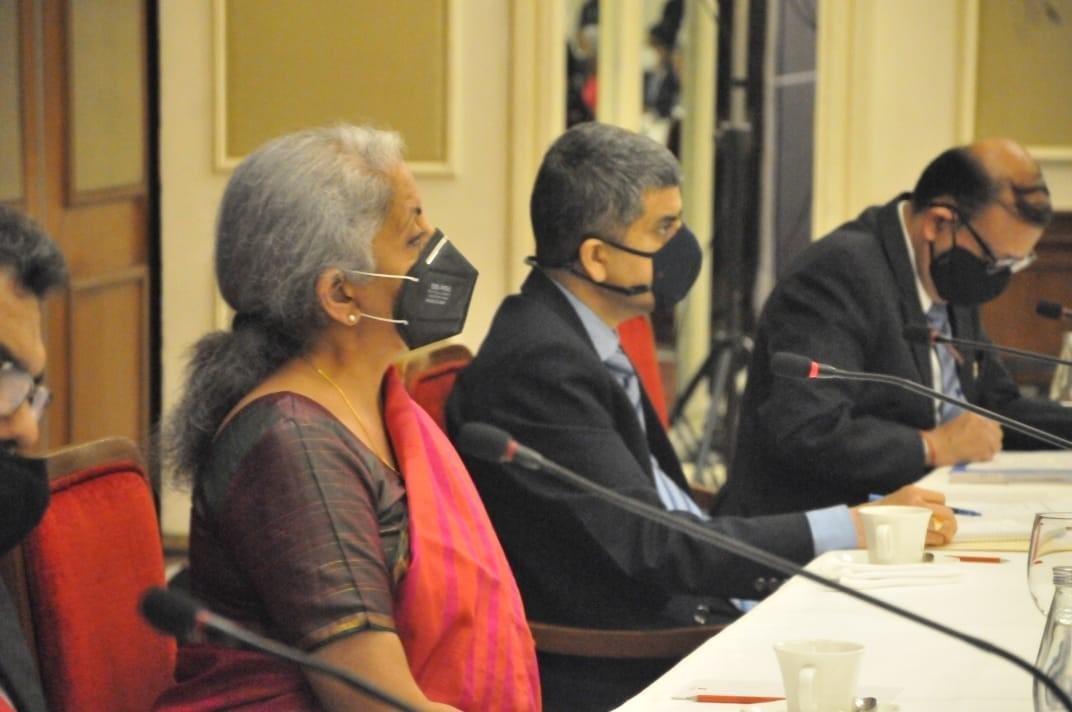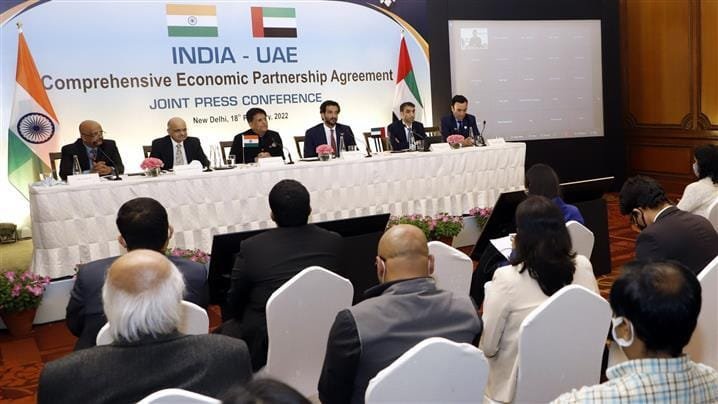Immediate impact on energy demand
Multiple risks remain though India is expected to restart selected manufacturing after 20 April 2020 and yet the Prime Minister Narendra Modi extending the lockdown to 3 May.
Gavin Thompson, vice chairman for energy in Asia Pacific at Wood Mackenzie looks at the situation.
India’s nationwide lockdown will continue for another two weeks to 3 May 2020 though modest relaxation may provide some upside to energy demand and measures – known as graded relaxations – to allow more economic activity to resume.
Prime Minister Narendra Modi extended on 14 April 2020 the nationwide lockdown by a further 19 days until 3 May.
But this isn’t a blanket extension of the existing lockdown. From the previous mantra of ‘jaan hai toh jahaan hai’ (if there’s life then there’s a world) to a new focus on ‘jaan bhi jahaan bhi’ (life also, world also), the extension announcement
This is a critical judgement call by the prime minister, observed Wood MacKenzie. Striking a balance between containing the spread of coronavirus, particularly among India’s poorer communities, and reducing economic hardship on hundreds of millions of its citizens through a modest relaxation of lockdown is an almost impossible task.
Among all lockdowns globally, India’s is the most emphatic. On 24 March, with only a few hours’ notice, the prime minister announced the country’s US$3 trillion economy was effectively closing its doors for three weeks. Non-essential businesses have been shuttered, and all public air, road and rail services suspended.
Even before lockdown, India’s economy was already slowing. Government stimulus measures have since been announced, but with the lockdown extended, more will be required. India’s high population density, low per capita income levels, huge migrant workforce and overburdened public health system all individually pose heightened risks: combined, the potential for economic and social crisis is multiplied.
As such, the timing and phasing of India’s gradual release from lockdown, including the restart of selected manufacturing after 20 April, will be critical to the country’s economic stability and the shape of near-term energy demand. Multiple risks remain.
Immediate impact on energy demand
The impact of lockdown on India’s energy markets was immediate and dramatic. At its worst, national power demand collapsed by almost a third year-on-year in late March, with thermal coal consumption dropping by a similar level. Oil and gas demand have fallen by around 20% since lockdown began.
A force majeure announcement by Indian port operators has also put energy supplies at risk, though energy remains an ‘essential’ service. As per the Essential Service Maintenance Act, refineries, power plants and fertiliser production as well as domestic coal, oil, gas and electricity supply remain operational.
What’s next?
The ‘graded relaxations’ will come into effect from 20 April. These will provide some relief to certain sectors of the economy and workforce, with more details to be announced on 15 April.
Upstream operations, mines and refineries were already essential operations since the beginning of the lockdown, but many have been operating with reduced labour. Output has also been impacted by reduced domestic demand. Any uptick in economic activity will be key towards increasing production.
Demand outlook deteriorates, despite modest lockdown relaxation
Wood Mackenzie said its previous expectation of a decline in electricity demand of 30% up to mid-April now continues into May before improving progressively after this. The reduction in power demand will impact most sources of generation, though it is worth noting that the Ministry of New Renewable Energy has reiterated that all renewables plants are on ‘must-run’ status (unless affecting grid stability) during lockdown.
With the extended lockdown, thermal coal demand will reduce by 25-30% through April year-on-year and by a further 9% in Q2 year-on-year, reducing consumption to 187 Mt in Q2 against the original forecast of 225 Mt. Thermal coal imports now face a downside risk of an additional 5 Mt in Q2 to 30 Mt.
The impact on oil demand will also be more severe than previously projected, but lockdown exemptions for agriculture, the transport of goods and certain manufacturing sectors offer some support to demand recovery, mainly diesel and fuel oil. Jet fuel and gasoline demand continue to be hit by an extended lockdown.
Crude cargoes bought by Indian refiners for processing during April have limited option to be re-sold in such an oversupplied crude market. These cargoes will now either be processed as planned with resulting products ending up in storage or be diverted to India’s strategic petroleum reserves (SPR). “We estimate that currently India has spare SPR capacity of only 13.5 million barrels. Tanks will fill fast.”
India’s gas demand has been severely affected, primarily across the transport and industrial sectors. As a notoriously price-sensitive market, low oil prices are also a competitive threat to gas. High inventories are resulting in refiners further reducing margins for oil products to compete with gas, leading to downside risk on the LNG demand outlook.
Looking beyond April – can lockdown really be lifted?
Of all countries now grappling with how to lift lockdown restrictions, India faces some of the most difficult choices. The sheer scale of the challenge – population density, income disparity and the dependence of so many on India’s migrant workforce – meant that the complete lockdown announced on 24 March could not be maintained. Prime Minister Modi has taken the tough but necessary decision to extend lockdown while allowing some gradual re-opening of industry.
Unlike in several other countries, this has been done while infection rates are still low – official data shows India’s number of confirmed cases (eight per one million population) far below that of Ireland (2,156 per one million population) – and almost certain to keep rising.
India will likely have to prepare for several further bouts of partial lockdown as cases rise. Balancing energy supply and demand through this will be challenging but managing the country’s social and economic wellbeing is paramount. fiinews.com











